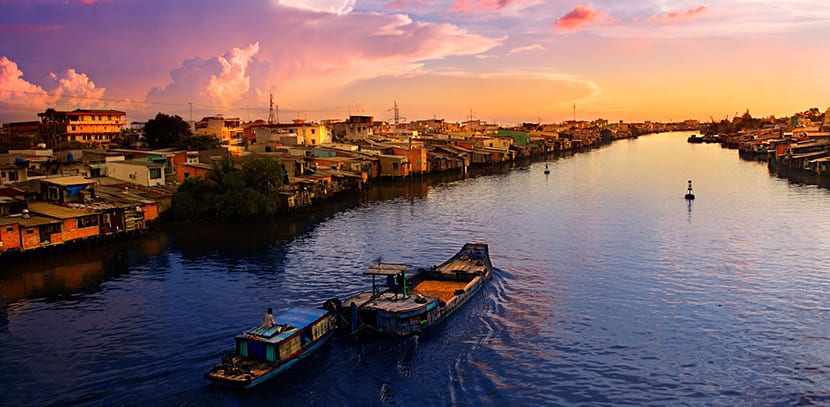
El Mekong, It is a very important river in Southeast Asia and one of the longest on this continent. It crosses several countries but the delta who is in Vietnam , the point at which it begins to empty into the sea, is of particular beauty.
For lovers of nature and its wonders, this area is extremely important as it is home to around a thousand species of animals, plants and fish. The diversity is stupendous and if to that is added that it crosses lands inhabited for thousands of years, its natural importance adds its cultural importance. Let's discover both.
The Mekong River
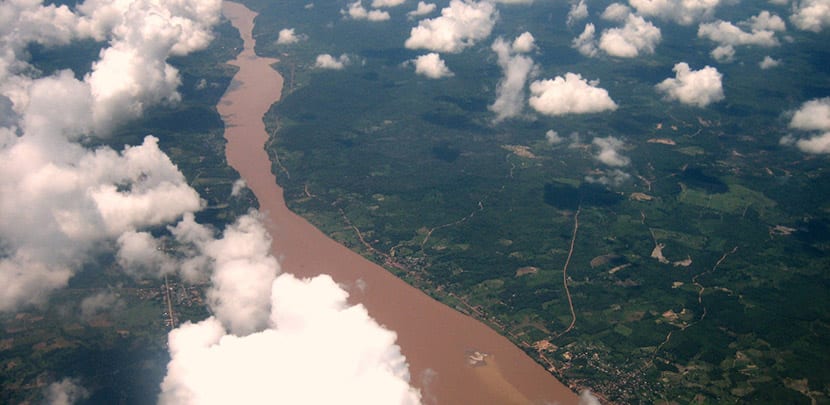
It is one of the most extensive in Asia and has an approximate length of 4.350 kilometers since its birth in the Tibetan plains. Throughout your journey passes through China, Myanmar, Laos, Thailand, Cambodia and finally reaches Vietnam from whose shores it flows into the sea. The use and survival of the river is then a joint action.
The river basin is divided into the upper basin, located in Chinese Tibet, and the lower basin, which is in Yunnan province. It is after a long road that it empties into the South China Sea in this complex and attractive delta on Vietnamese lands. It's a river with many prey, some still under construction. Dozens, actually, and almost all of you point to the generation of electric power.
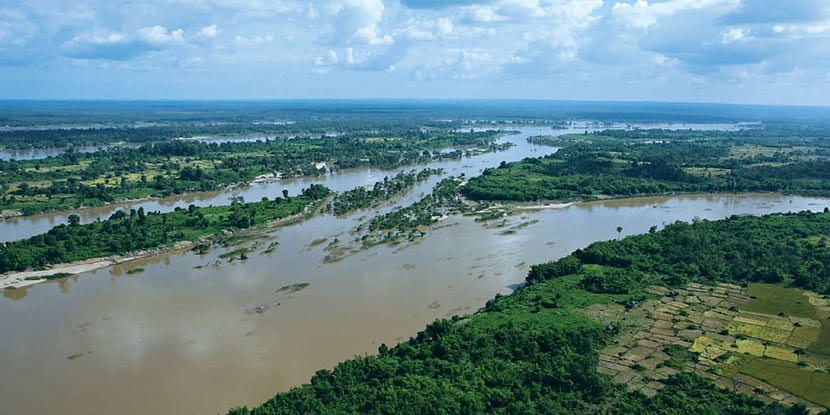
In terms of biological wealth it is only surpassed by the Amazon. It is estimated that it is home to 20 thousand species of plants, just over a thousand species of birds, 800 species of reptiles, 430 special mammals and many amphibians in addition to 850 species of freshwater fish. It is super biodiverse. But what about navigating the Mekong?
It is a navigable river For centuries and on its coasts towns, villages and cities have always been built. Even today it is possible to find fishing villages that continue to subsist using the trade routes linking this part of Asia.
The wonderful Mekong delta
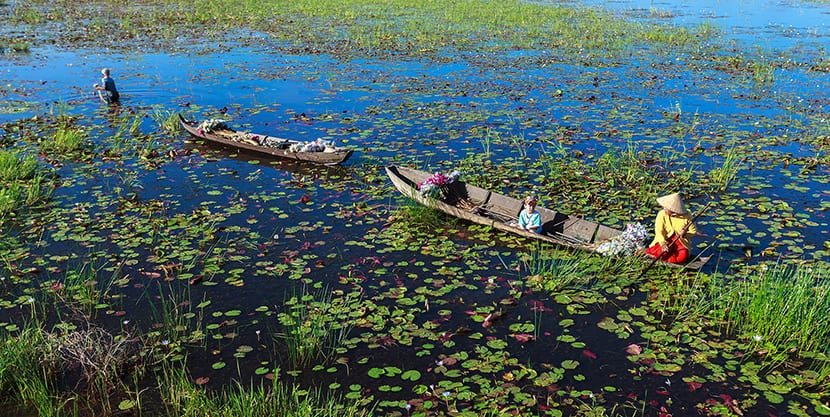
Is located west of Ho Chi Minh city, ancient Saigon. The Vietnamese part of the delta has many landscapes but in general the most classic postcard is of flooded lands in the south and some soft hills in the west and north, product of the tectonic activity when the Eurasian and Indian plates collide, 50 million years ago behind.
The delta drains through two major channels, both of which discharge into the East Sea. It is also the smallest forest area in the country, 300 thousand hectares and all this undoubtedly affects the climate and is affected by it at the same time. The delta is an area of low altitude so it's very prone to flooding the sea level hardly rises. This, in turn, produces greater salinity in the coastal lands and obviously, the concern for government measures that combat the negative consequences of the situation.
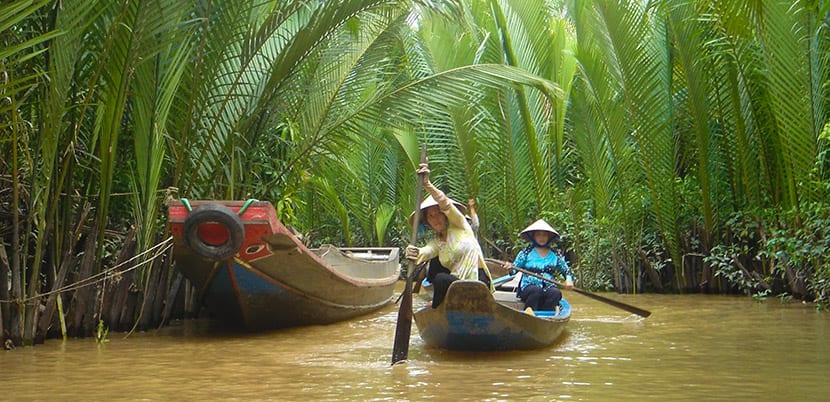
The truth is that many tourists are attracted to these landscapes. In addition to scoring Hanoi, Hoi An and Sapa often target the Mekong Delta on the list… Worth it? Do the dozens of photographs of those colorful floating markets match reality? Not at all. The delta looks generally like the rest of Vietnam, you won't see anything different or brighter. What's more, cannot be concentrated in one or two places only because the delta actually occupies the entire western region of the country.
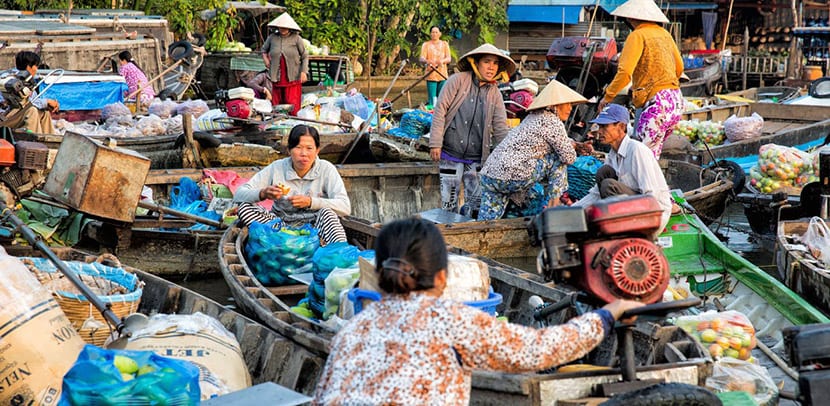
That is to say, it's huge. What some tourism agencies have done is put together a tourist route to take advantage of the dollars and euros of tourism. Money that everyone wants to have. And whichever tour you choose, you will surely end up doing similar if not the same routes: a boat ride, a visit to a temple, colorful markets. The reality is broader and more varied: they are the towns and fishing villages that you may see from the river on the coast or that you were backpacking another day.
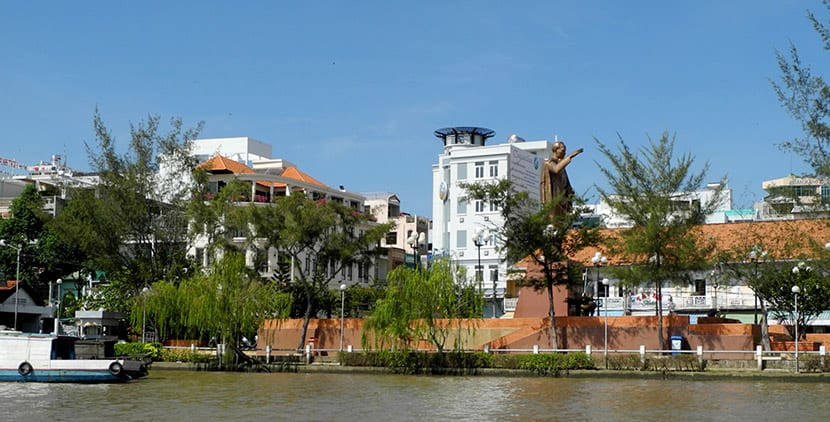
You should know that the delta is not a small area that you visit in a couple of days like other destinations in Vietnam. If you really want to know him then requires planning And yet it is impossible to visit everything and you will end up visiting only the most tourist destinations. To see more and go deeper then hire a private and specialized guide. Having said that, What can you do in the Delta?
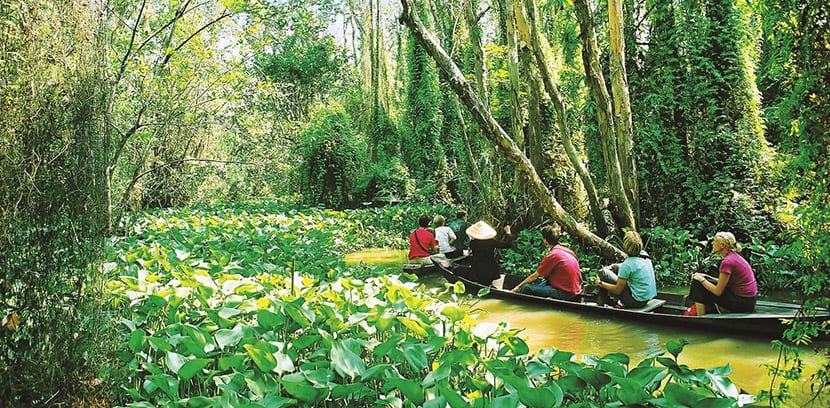
First you can start with the heart of the delta that is Can Tho city. It is the transport, political and commercial center of the area and has a beautiful coastal area, streets and boulevards to explore. It is the ideal base to go for a walk. So, you have to visit the Cai Rang Floating Market, The beauty phu quoc island, the mountain Sam or Ben Tre.
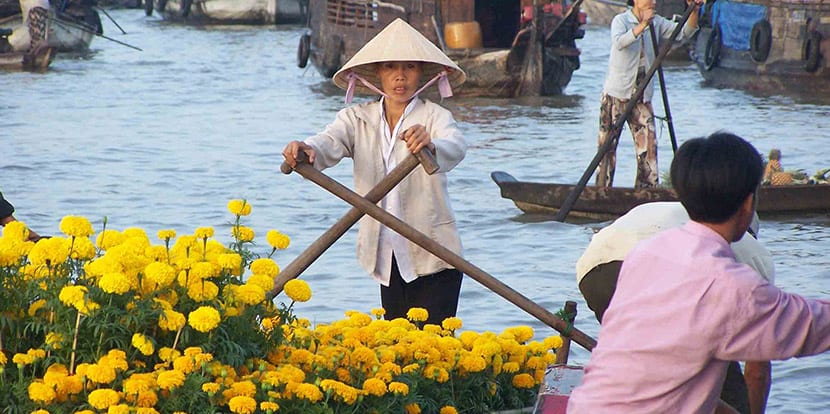
There is a nice bird sanctuary, the Tra Su, there is also the Xeo Quyt forest and Ba Chuc tomb. This is a memorial that recalls the horrors of the Khmer regime: in 1978 this government killed more than three thousand villagers and only two survivors remained. The memorial contains an ossuary and photographs and is 75 kilometers from Ha Tien so you can organize a tour from Chau Doc for about 30 euros.
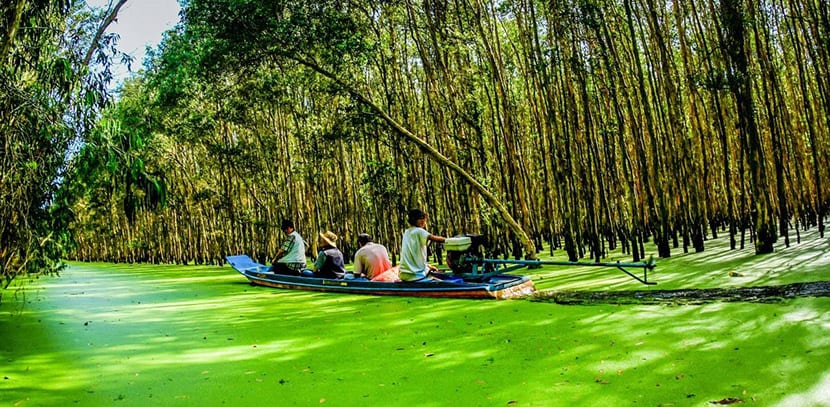
The Xeo Quyt forest is 35 kilometers from Cao Lahn and in addition to beautiful trees there are bunkers of the Viet Cong. It can be visited by canoe, from within the forest, or by trails. The canoe ride is 20 minutes and both let you see bunkers and tunnels dating from the time of the Vietnam War. So, as you will see, although the Mekong delta is huge and knowing it takes time and desire, you can always visit it superficially, adapting to the more touristy tours.